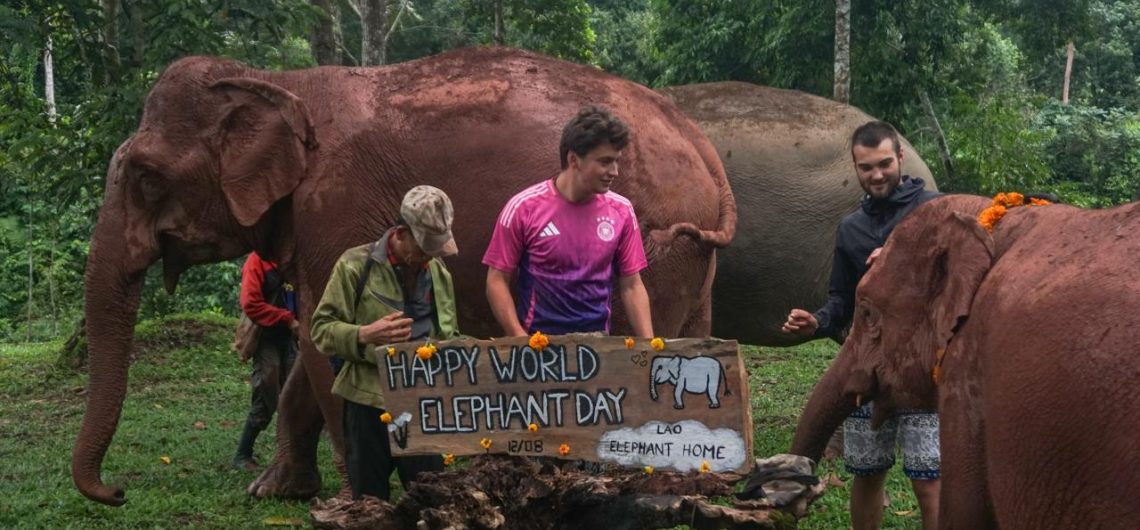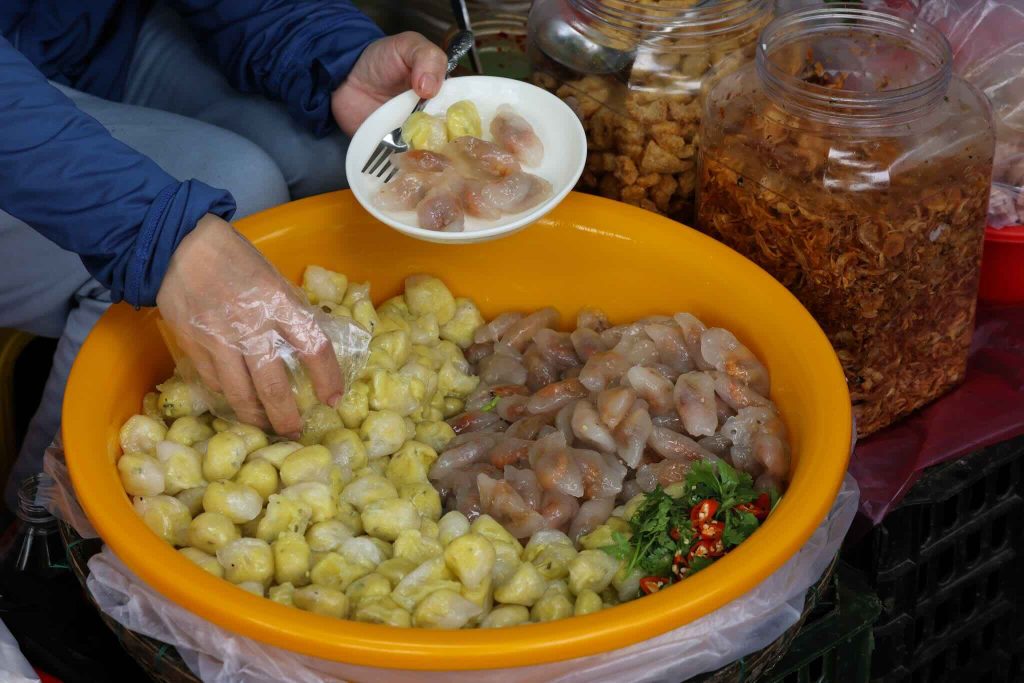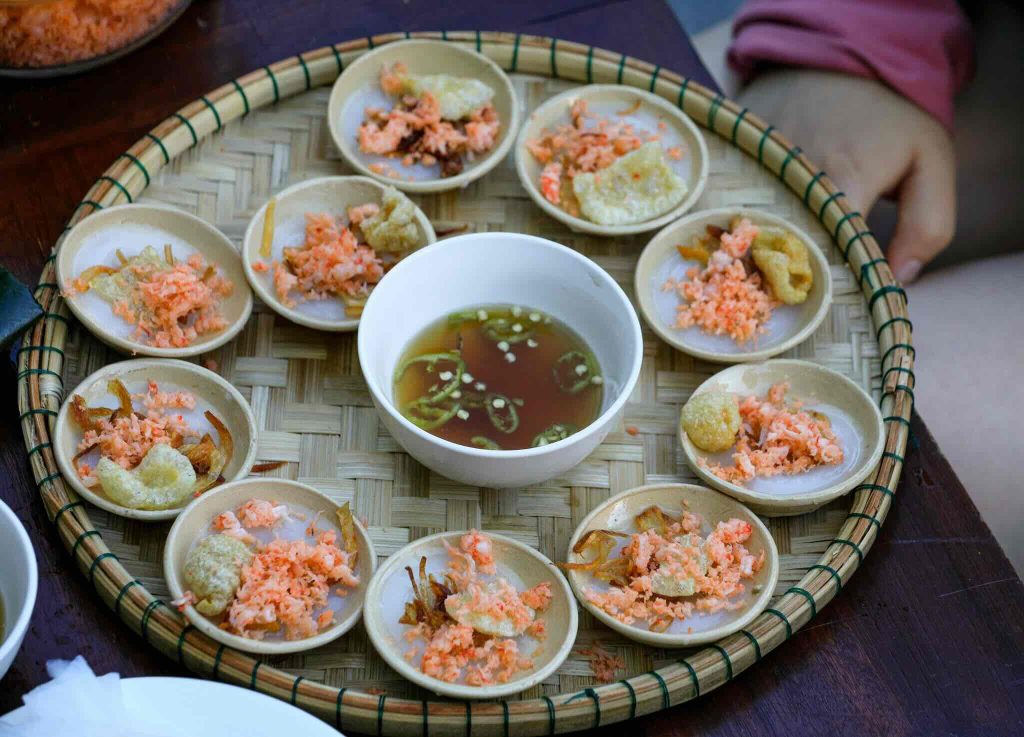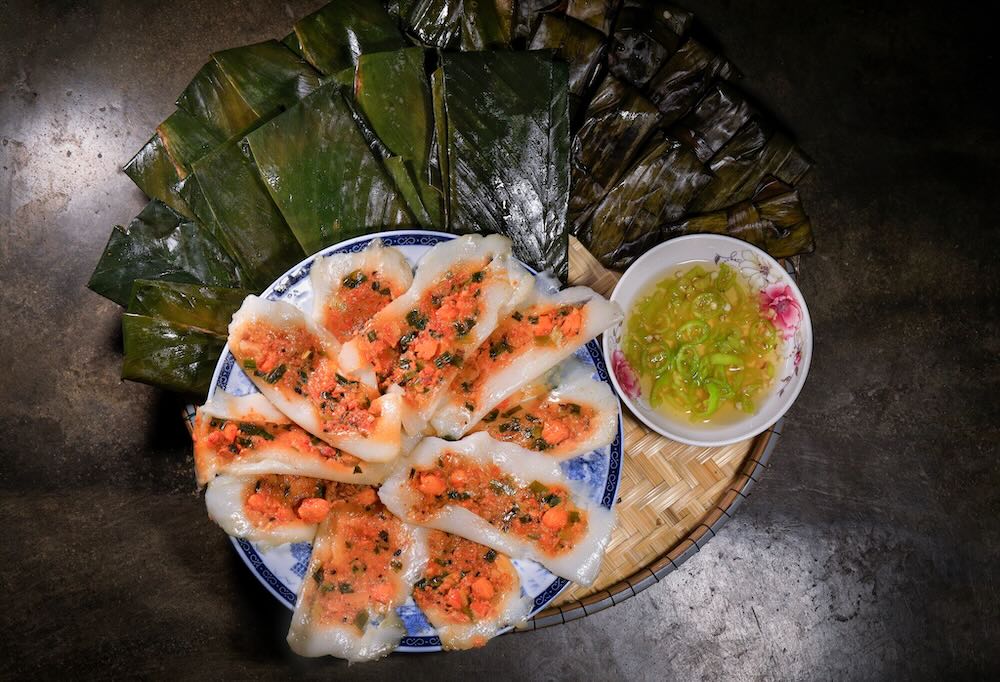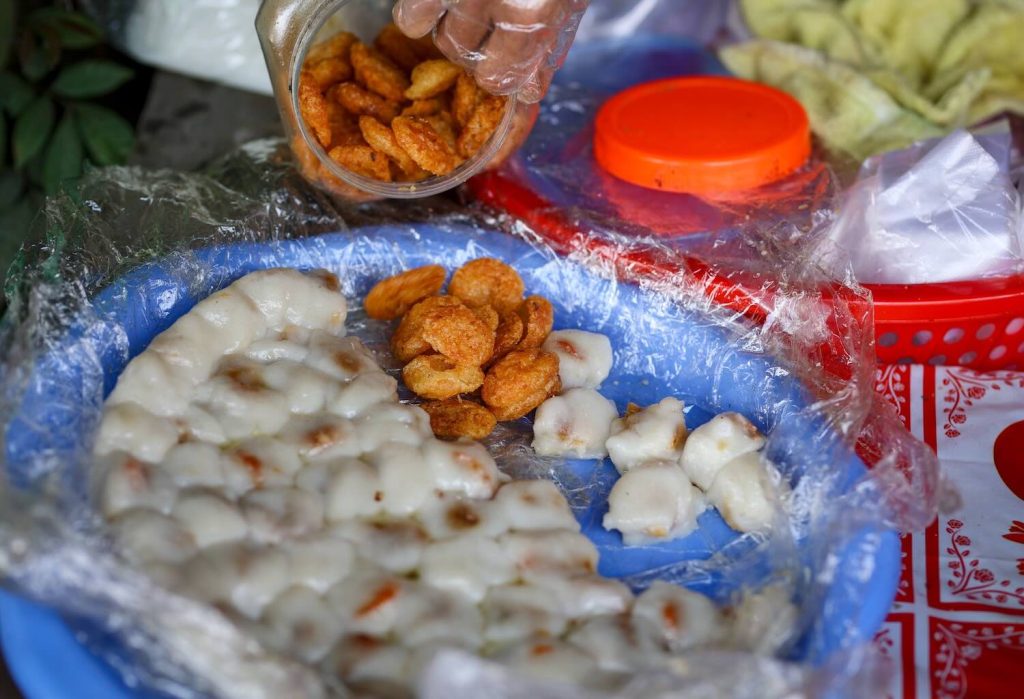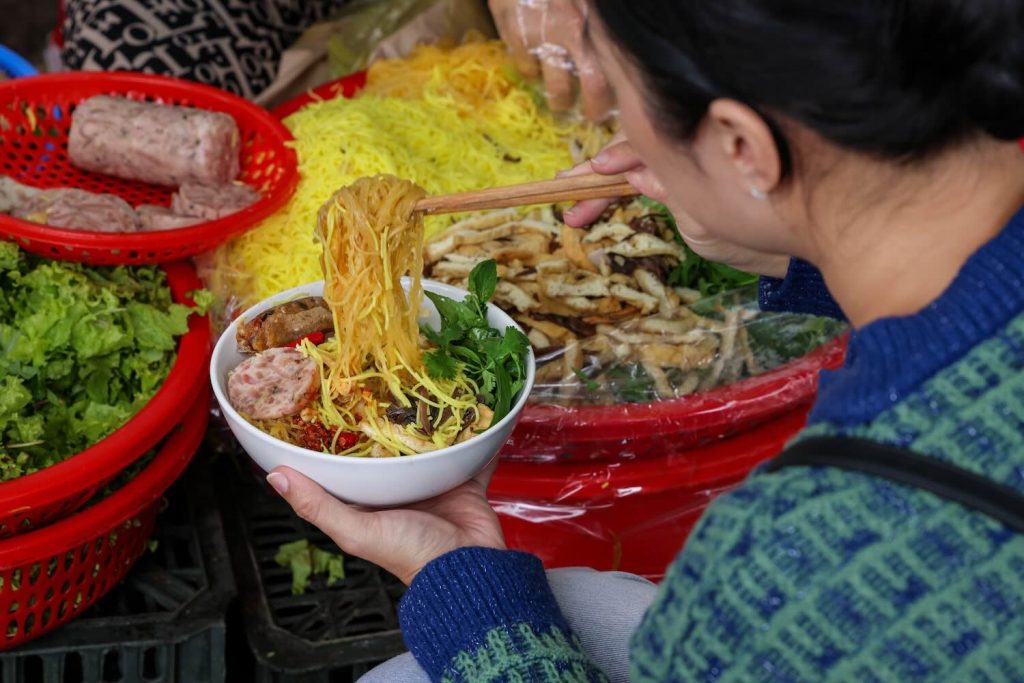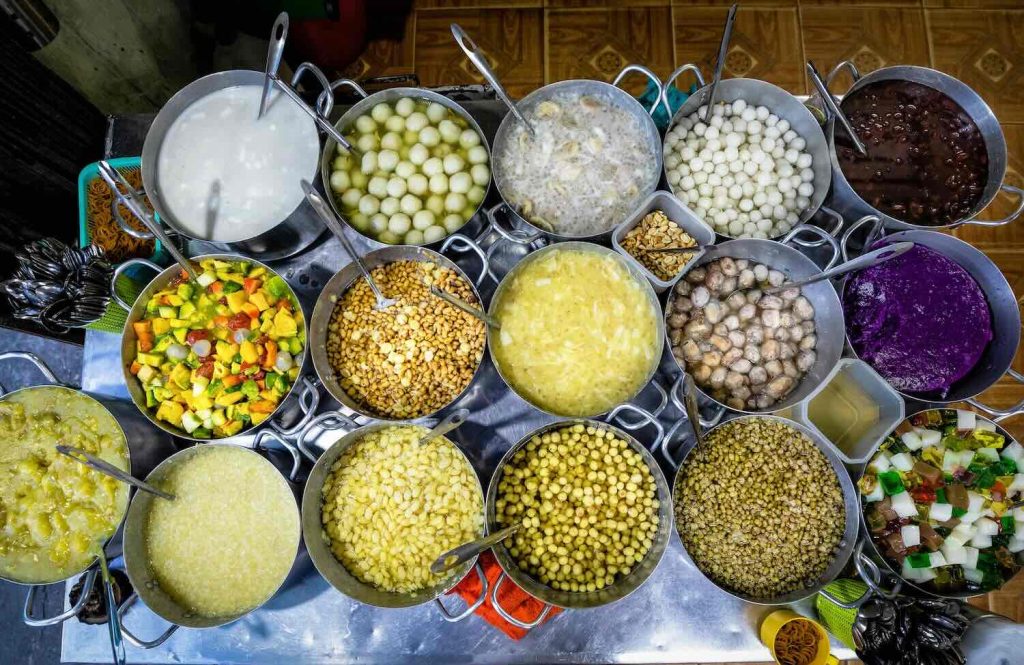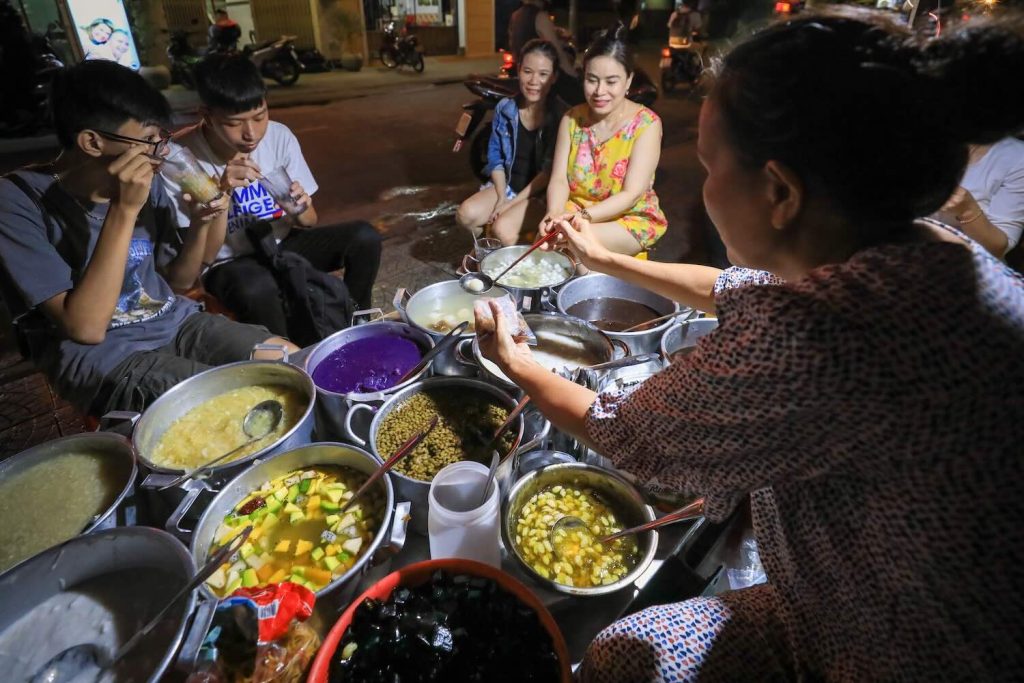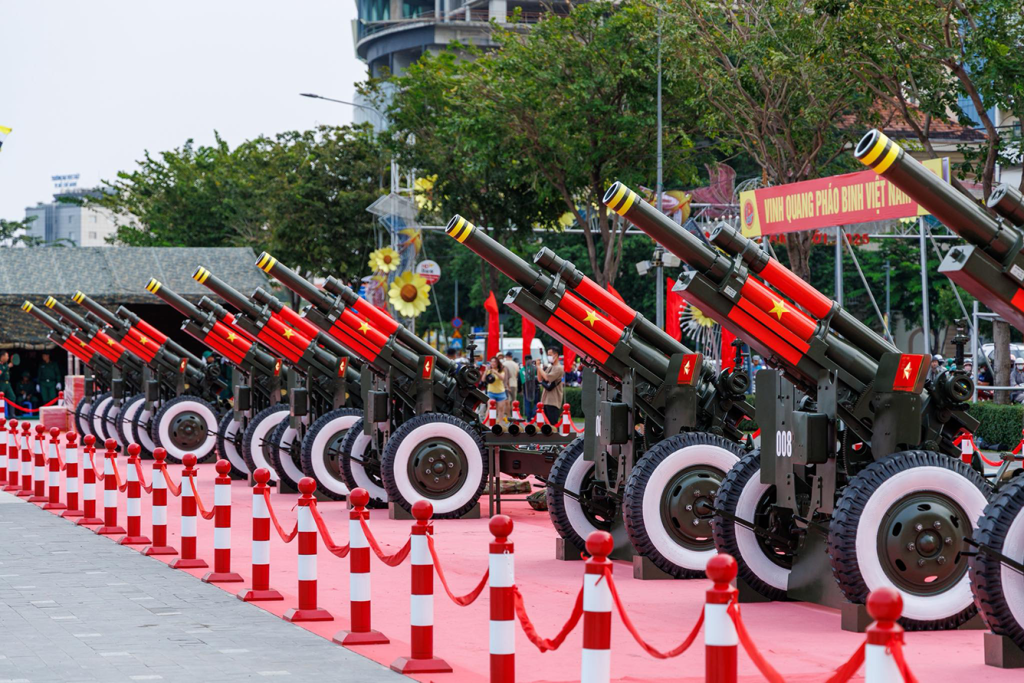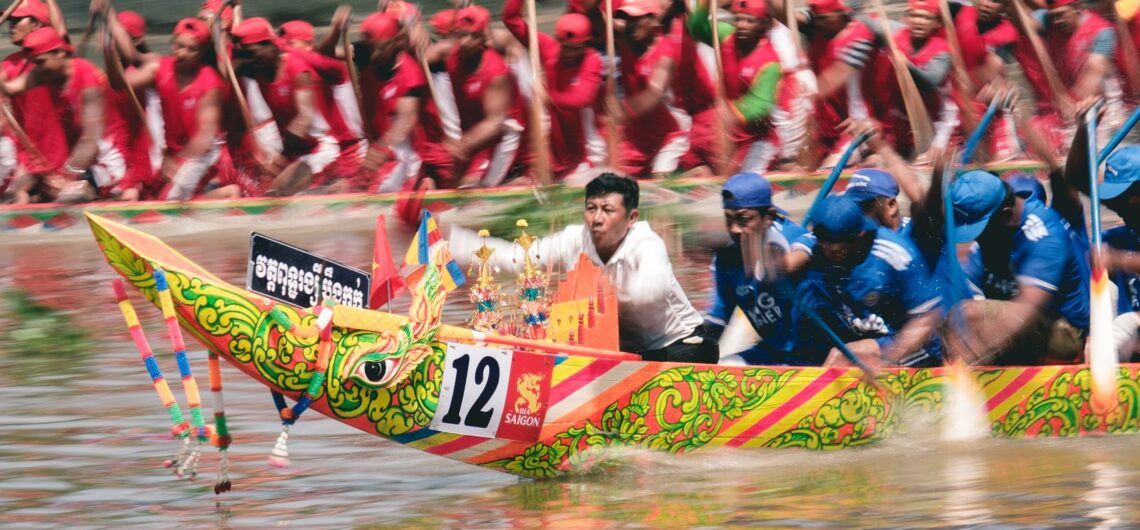Every year on 12 August, the world observes World Elephant Day, a global call to action to protect one of the planet’s most magnificent and endangered creatures. For Laos, the day holds profound significance. The country was once proudly known as Lane Xang, or “Land of a Million Elephants”, a name that symbolized not only the abundance of these gentle giants but also their deep integration into Lao culture, history, and identity. Today, that title tells a far different story—Laos’ elephant population has plummeted to just 500–1,000 individuals, a mere third of what it was two decades ago.
The decline has been rapid and alarming. Conservationists warn that for every one or two elephants born in Laos each year, around ten die. If this trend continues unchecked, the country may lose its wild elephant population entirely within a generation. Habitat loss from agricultural expansion, infrastructure development, and deforestation has pushed elephants into smaller, fragmented areas, increasing human-elephant conflict. Additionally, decades of exploitation for logging and tourism have further reduced their numbers and breeding potential.
Laos’ Elephant Population Plummets to 500–1,000, Sparking Urgent Conservation Calls
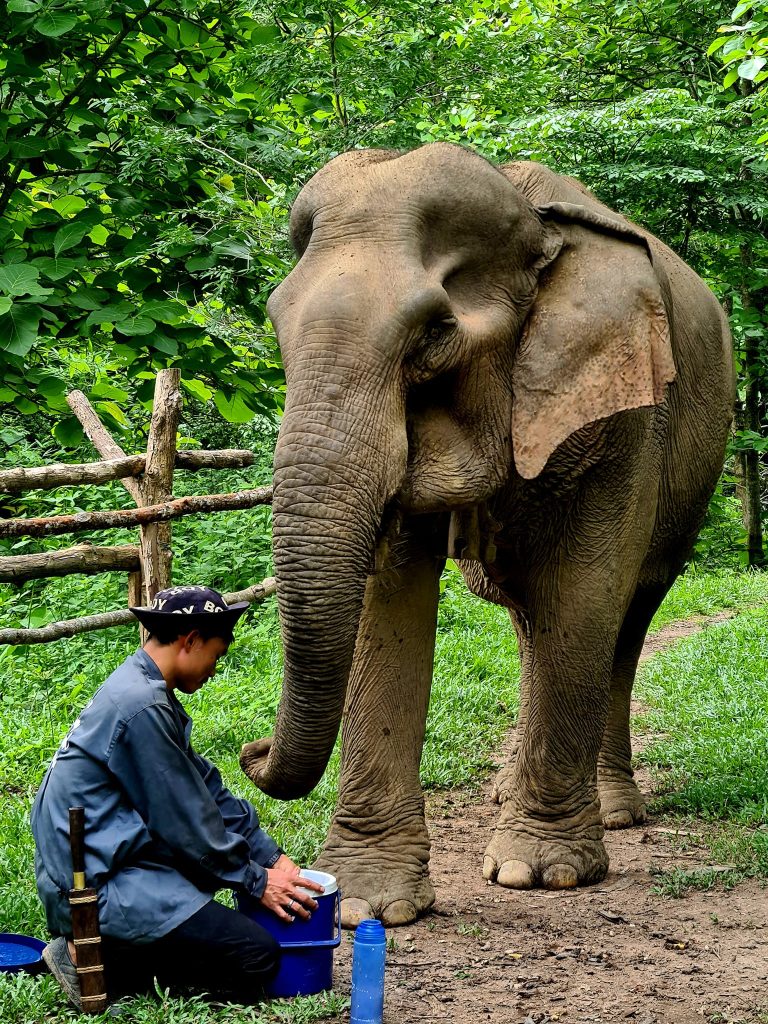
Despite these challenges, elephants remain Laos’ national animal and a powerful cultural emblem. The largest concentration of wild elephants is found in the Nam Poui National Protected Area (NPA) in Xayabouly Province, in the country’s northwest. Spanning 191,200 hectares across the districts of Phiang, Paklay, and Thongmixay along the Lao–Thai border, this protected area offers a crucial refuge. Each year, Xayabouly also hosts the Elephant Festival, a celebration aimed at honoring the species’ heritage while promoting conservation awareness among locals and visitors.
A cornerstone of Laos’ conservation efforts is the Elephant Conservation Center (ECC) in Xayabouly. The ECC cares for the largest herd of elephants under human management in the country, with over 25 individuals. The center provides veterinary care, sanctuary, and a semi-wild environment to encourage natural behavior. Since the 2018 ban on illegal logging, many elephants once used in the timber trade have been shifted into eco-tourism roles, providing livelihoods for mahouts while avoiding the dangers of heavy labor. However, some elephants have been sold to zoos, circuses, and breeders, raising concerns over welfare standards and genetic diversity.
A Global Crisis for Elephants
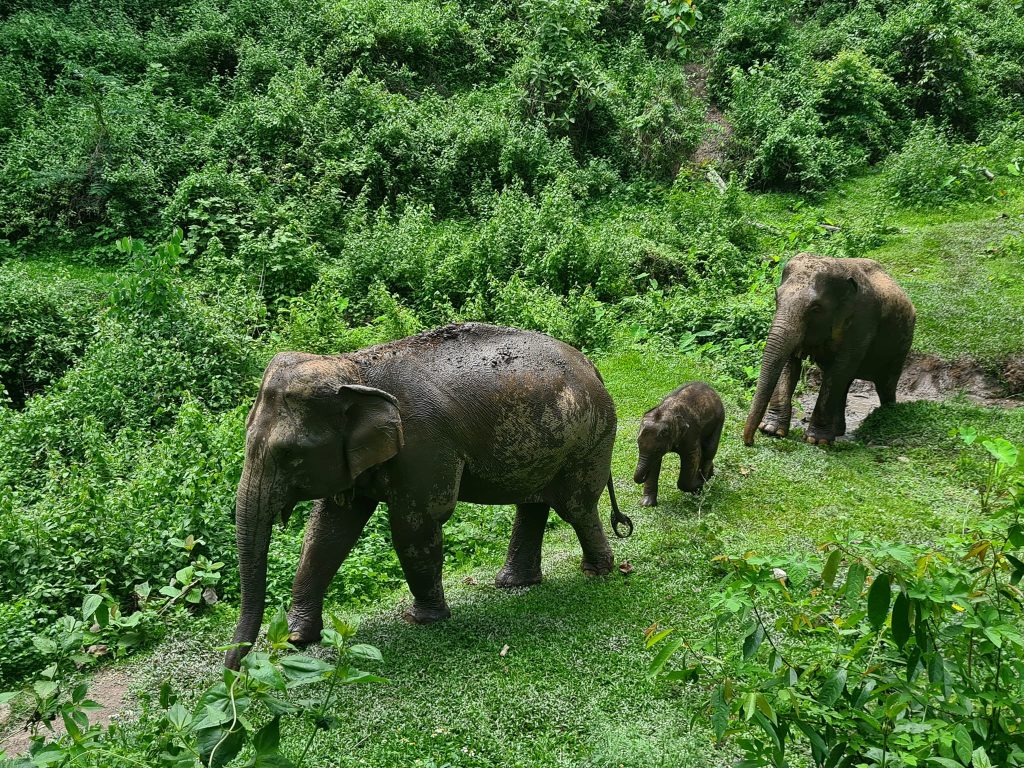
The situation in Laos mirrors a broader global conservation crisis. According to the World Wildlife Fund (WWF), fewer than 50,000 Asian elephants remain in the wild, with only 8,000–11,000 living in Southeast Asia. Their survival is threatened by the same forces seen in Laos: habitat destruction, poaching, and conflict with humans.
On a global scale, both Asian and African elephant populations are in decline. It is estimated that about 450,000 elephants remain worldwide. The Asian elephant has been classified as Endangered on the International Union for Conservation of Nature (IUCN) Red List since 1986, reflecting its continued vulnerability. Alarmingly, around 20,000 wild elephants—mostly African, but some Asian—are killed every year for their ivory, hides, and other body parts. This illegal trade not only decimates populations but also undermines conservation and law enforcement efforts in many countries.
The Path Forward
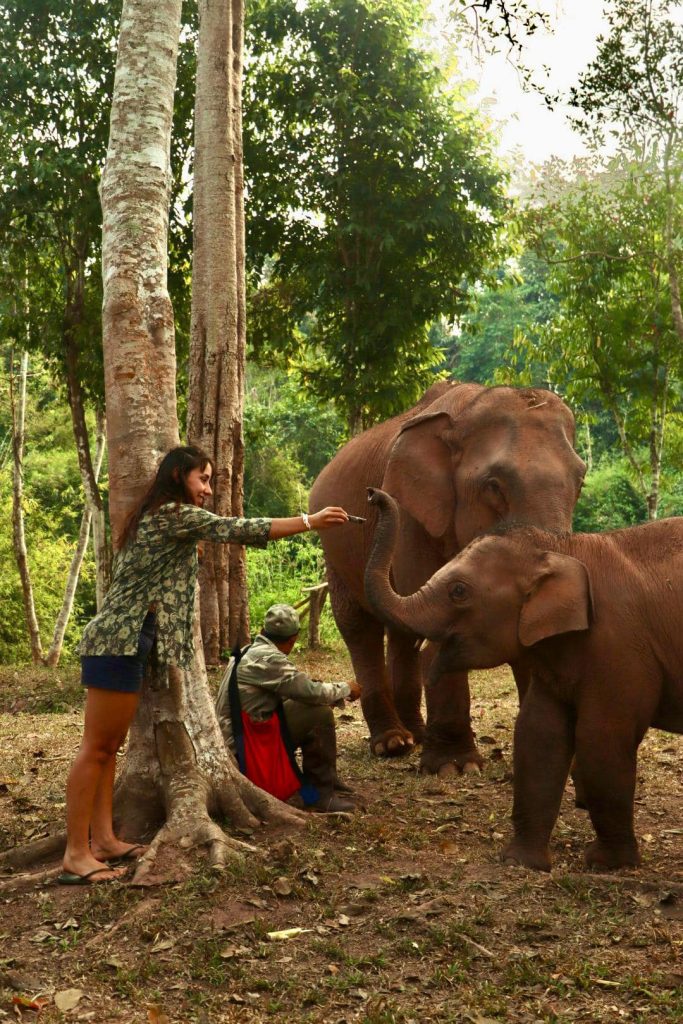
World Elephant Day is more than a symbolic date—it is a reminder that urgent, coordinated action is needed to reverse the decline of these iconic animals. For Laos, saving its remaining elephants will require stronger enforcement of wildlife protection laws, expansion of protected habitats, and sustainable livelihood programs that reduce human-elephant conflict. Community-led conservation initiatives, education campaigns, and ethical eco-tourism can all play a role in ensuring that elephants remain part of the country’s living heritage.
Without such measures, the “Land of a Million Elephants” risks becoming a land with none—a loss not only for Laos but for the world. Protecting the last elephants of Laos is about safeguarding biodiversity, preserving cultural identity, and honoring a legacy that has endured for centuries.
Source: laotiantimes.com

